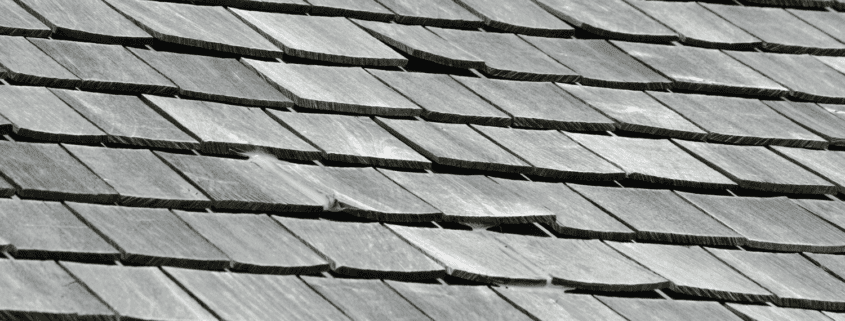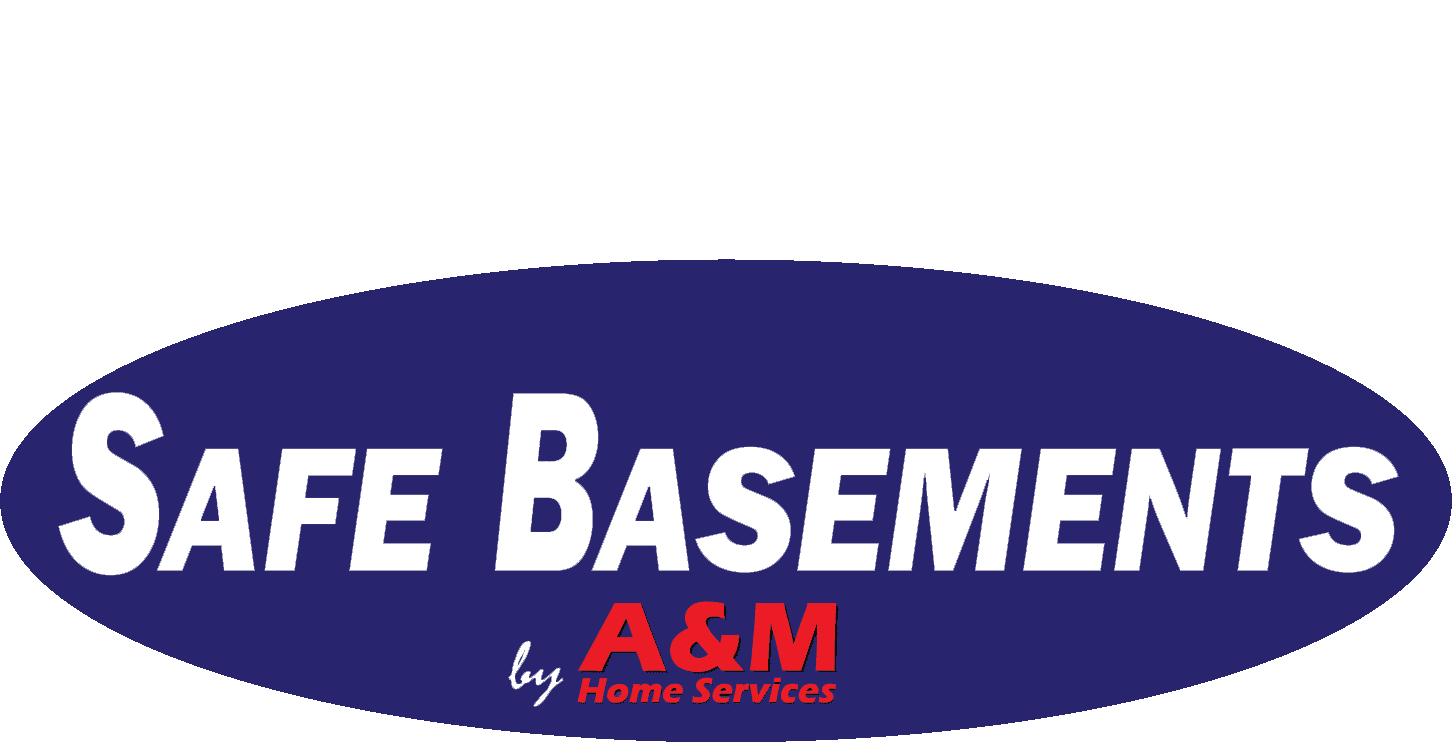7 Common Roof Myths Indiana Homeowners Should Stop Believing
Roofs in Indiana face everything from snow and sleet to moss and high winds. But despite these challenges, plenty of misconceptions still cloud homeowners’ understanding of roof care. At A&M Home Services, we’ve spent over 14 years protecting Indiana homes from the roof to the basement—and we’ve heard every myth in the book. Let’s break down some of the most common roofing myths so you can make confident, informed decisions for your home.
Key Takeaways: Debunking Roof Myths
- Roofing myths often delay needed repairs and lead to bigger issues like leaks or structural damage.
- Moss growth, shingle wear, and poor ventilation are major concerns in Indiana’s variable climate.
- Trusted local roofing experts like A&M Home Services provide clear inspections and lasting solutions.
Myth 1: “If My Roof Isn’t Leaking, It’s Fine”
A common misconception among Indiana homeowners is that their roof is in good shape as long as there’s no dripping water. However, there may not always be visible signs of damage, and issues can still exist beneath the surface. Problems like cracked shingles, flashing gaps, or attic moisture can develop long before a leak appears. Hidden leaks or poor insulation can also lead to higher energy bills over time. Catching these issues early during a free roofing inspection can prevent costly damage later on.
Myth 2: “New Roofs Don’t Need Maintenance”
One of the most common misconceptions is that new roofs don’t need maintenance. In reality, regular maintenance is key to preserving your roof’s longevity, even if it was just installed. Even brand-new roofs need attention—especially in areas like Plymouth, South Bend, or Kendallville where freeze-thaw cycles and summer storms stress materials. Seasonal maintenance can extend the lifespan of your investment and keep warranty protections intact. Investing in maintenance pays off in the long run by preventing costly repairs and ensuring your roof remains in top condition.
Myth 3: “Moss is Just Cosmetic”
Moss doesn’t just look bad—it holds moisture against shingles, accelerating deterioration and weakening your roof’s structure. Moss thrives in shady, humid Indiana environments, so removal and prevention should be part of your roofing care plan.
Myth 4: “You Can Just Layer New Shingles Over the Old”
A common misconception is that you can simply install new roofing over old shingles. While Indiana’s building code allows shingle overlays in some cases, adding layers over old shingles can trap heat, cause moisture problems, and mask underlying issues, potentially voiding warranties. A&M Home Services will always recommend the best structural solution—not just the fastest fix.
Myth 5: “All Roofing Companies Are the Same”
Experience matters. Proper licensing is essential when choosing a roofing contractor, as it ensures you are working with a trustworthy and qualified professional. As a GAF Master Elite Contractor, A&M Home Services belongs to the top 2% of roofers nationwide. We’ve earned GAF’s Triple Excellence Award and 3-Star Presidents Club status by delivering craftsmanship, accountability, and award-winning service across Indiana. A&M Home Services is also known for providing quality service, setting us apart from other contractors.
Myth 6: “Gutters Don’t Affect the Roof”
Clogged or damaged gutters can cause water to back up onto your roof, leading to wood rot and ice dams. Roof protection starts with proper gutter installation and cleaning, especially in areas prone to heavy rain or snowfall.
Myth 7: “DIY Repairs Are Just as Good”
Online videos might make roof patching look simple—but improper repairs often create bigger problems. Roofing work involves specialized skills and safety precautions, making it risky for untrained individuals to attempt repairs themselves. Shingle matching, flashing integrity, and ventilation balance require trained eyes. A&M’s experienced roofing team ensures repairs are not just quick—but correct.
For larger roofing projects, it’s best to rely on experienced professionals who can plan and schedule the work for optimal results.
Understanding Roofing Materials
Choosing the right roofing material is one of the most important decisions homeowners can make for their roof’s longevity and performance. There are several popular options, each with its own strengths. Asphalt shingles remain a top choice for many due to their affordability, versatility, and ease of installation. Metal roofs, on the other hand, are highly durable and offer excellent energy efficiency, making them ideal for those looking to reduce long-term maintenance and energy costs. Wood shake roofs provide a classic, natural look but require more upkeep to prevent issues like mold and wood rot. When considering roof repairs or a new roof, it’s essential to weigh factors such as Indiana’s climate, your budget, and your home’s architectural style. Investing in quality roofing materials that meet industry standards ensures your roof will stand up to the elements and protect your home for years to come. By understanding the unique properties of each roofing material, homeowners can make informed decisions that best suit their needs.
The Role of Energy Efficiency in Roofing
Energy efficiency is a key factor in today’s roofing systems, especially as homeowners look for ways to lower their utility bills and create more comfortable living spaces. Modern roofing materials, such as metal roofs, are engineered to reflect sunlight and reduce heat absorption, which can significantly cut cooling costs during the hot summer months. Proper insulation and ventilation work hand-in-hand with energy-efficient roofing to prevent heat retention and maintain a balanced indoor temperature. By choosing energy-efficient roofing materials and ensuring your roof is properly insulated, you not only save money on energy bills but also contribute to a more sustainable home. These upgrades can also boost your property’s value and appeal to future buyers. For Indiana homeowners, investing in energy-efficient roofs is a smart way to enjoy long-term savings and a healthier, more comfortable home environment.
The Importance of Regular Roofing Inspections
Regular roof inspections are essential for keeping your roofing system in top shape and avoiding unexpected, costly repairs. Many homeowners believe that if their roof looks fine from the ground, it must be in good condition. However, significant issues like minor leaks, hidden water damage, or worn shingles can develop out of sight and worsen over time. Scheduling inspections with experienced roofing professionals at least twice a year—and after major storms—can help catch problems early, before they turn into major headaches. These routine checkups allow for timely repairs and maintenance, extending your roof’s longevity and preventing the need for a full replacement. By staying proactive with regular roof inspections, homeowners can ensure their roof remains in good shape and continues to protect their home effectively.
What to Know About Roofing Warranties
Understanding your roofing warranty is crucial for protecting your investment and avoiding surprises down the road. Roofing warranties generally fall into two categories: manufacturer warranties, which cover defects in roofing materials, and workmanship warranties, which protect against installation errors. Not all warranties are created equal, so it’s important to read the terms carefully and know what is—and isn’t—covered. Regular maintenance is often required to keep your warranty valid, so be sure to schedule routine inspections and address any issues promptly. Choosing a reputable roofing contractor who offers comprehensive warranty coverage can give homeowners added peace of mind. By staying informed and maintaining your roof properly, you can ensure your warranty provides the protection you expect.
Roof Myth FAQs
How often should Indiana homeowners inspect their roofs? We recommend at least once a year and after any major storm. Our team offers free roof inspections tailored to local weather concerns.
What signs indicate hidden roof damage? Stains on ceilings, increased energy bills, moss growth, or curled shingles are warning signs—even if you don’t see leaks. Hidden leaks can damage attic insulation and lead to mold growth, which negatively affects indoor air quality.
Can moss return after it’s removed? Yes, if not treated with preventative measures. We provide long-term moss prevention services designed for Indiana’s climate.
Is A&M licensed and insured? Absolutely. We’re fully certified and backed by GAF’s top-tier contractor recognition, including the Presidents Club.
Do dark colored shingles make my home hotter in summer? Modern roofing technology and proper ventilation help reduce heat absorption from dark colored shingles, so they do not significantly increase indoor temperatures.
Can roofing be done during colder months? Yes, experienced roofers can perform roofing work during colder months by taking extra precautions to ensure proper installation despite the seasonal challenges.
Are metal roofs noisy or prone to lightning strikes? Modern metal roofing is designed for noise reduction and is safe in the event of a lightning strike. Metal roofs do not attract lightning; if struck, they safely dissipate electrical energy.
What is the role of the roof deck in a roofing system? The roof deck supports roofing materials and, when combined with underlayment and insulation, helps with noise reduction and proper installation.
How important is proper ventilation in roofing? Proper ventilation is crucial for maximizing energy efficiency and reducing cooling costs, especially when combined with attic insulation and reflective surfaces.
Is metal roofing cost effective? Metal roofing may have a higher initial investment, but it is cost effective over time due to its durability, energy efficiency, and low maintenance costs.
How can I get the record straight on roofing myths? Consulting roofing professionals is the best way to get the record straight and have common myths debunked with accurate information.
Where can I find roofing myths debunked? You can find roofing myths debunked throughout this article, which provides factual information to help homeowners make informed decisions.
Additional Tips for Roof Care
Taking care of your roof goes beyond just fixing visible damage—it’s about preventing problems before they start. Don’t fall for common myths, such as the misconception that metal roofs attract lightning or that DIY roof repairs are a safe way to save money. In reality, today’s metal roofs are designed for safety and durability, and attempting repairs without the right expertise can lead to costly mistakes and significant issues down the line. Homeowners should also watch for signs of moisture buildup, wood rot, and mold growth, which can result from poor ventilation or neglected maintenance. To keep your roof in top shape, invest in quality roofing materials, rely on experienced professionals for repairs and maintenance, and schedule regular inspections. By separating fact from fiction and following best practices, you’ll save money, avoid major problems, and enjoy a safe, energy-efficient home for years to come.
Ready to Protect Your Roof?
Schedule your free roofing inspection with A&M Home Services today. With 14+ years serving Indiana families and a track record of award-winning service, we’re your trusted partner in roofing repair, moss prevention, and long-term home protection.
 574-318-3326
574-318-3326





